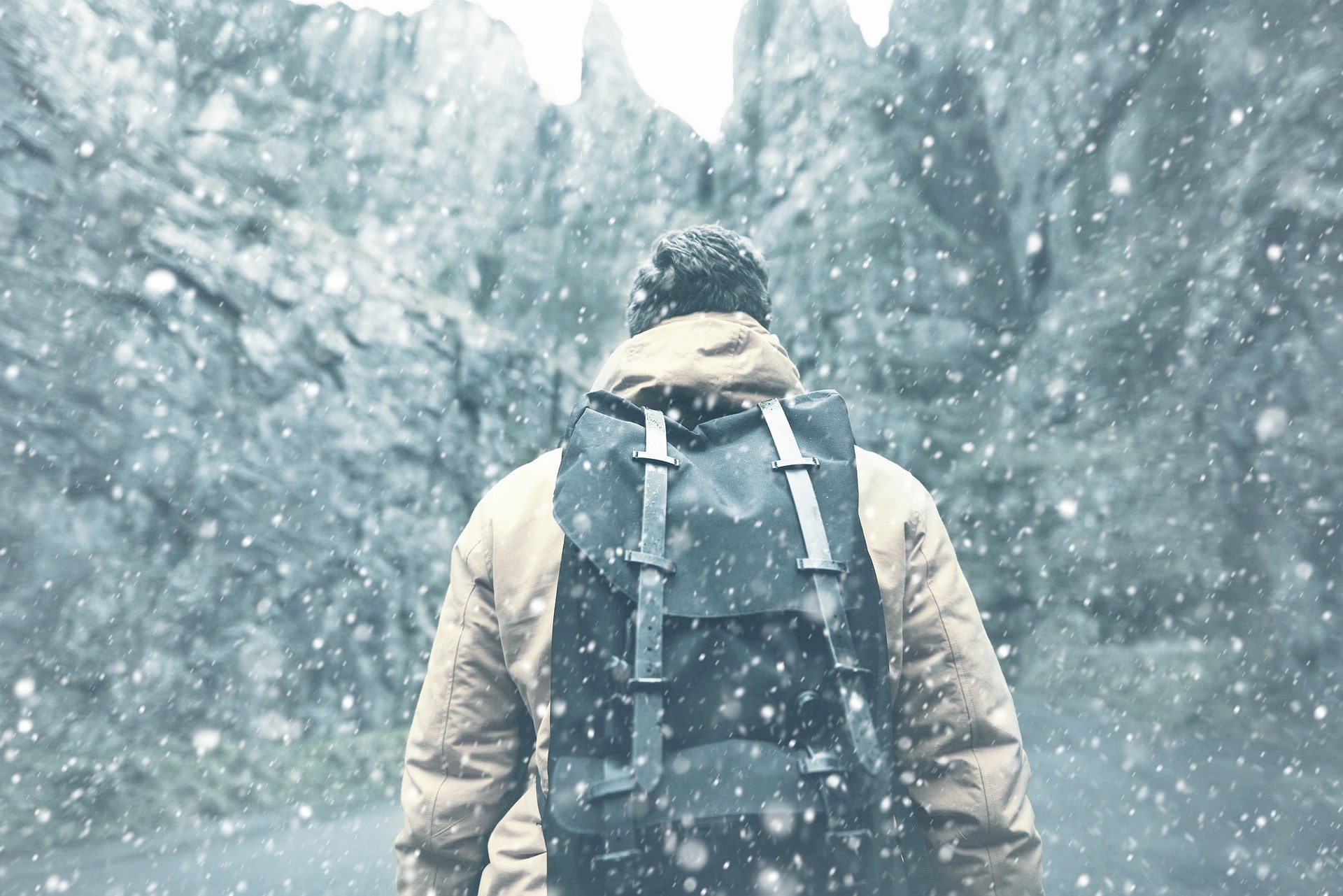Hiking is one of the best ways to experience the natural wonders of a destination vacation. But spending time away from civilization means being away from all the comforts and safety it provides. In towns and cities, bad weather conditions are easy to avoid, but in open nature they can be dangerous.
Spending time in the open wilderness need not be limited to warm summer days, but can be done during the whole year. In the late winter and early spring, temperatures start to climb above freezing, and often clear skies provide enough daylight to go on an adventure. But such balmy weather can be a bit deceptive, and it’s important to be properly clothed for it.
Sunny days where the temperature only reaches 40 degrees can deceive you into thinking that light clothing can be enough for hiking, especially after it has been cold and damp for several days before. You must be aware that hypothermia can easily happen if you are improperly dressed.
The best way to dress for hiking in 40-degree weather is to layer your clothing and to do it wisely by understanding the function and purpose of each layer. Your clothing is all the protection from the elements you have, and the three layers (base, mid, and top) should provide you with proper moisture-wicking, insulation, and wind protection.
So, let’s move on into details about how and why it is important to have all three layers on you during cold weather hikes.
Table of Contents
WHAT TO WEAR ON COLD WEATHER HIKES
When planning your clothing for hiking in cold weather you should have two priorities, to stay dry and warm, and in that order. The real danger of cold weather comes from the loss of body heat and water is an excellent heat conductor, so staying dry is a way to stay warm.
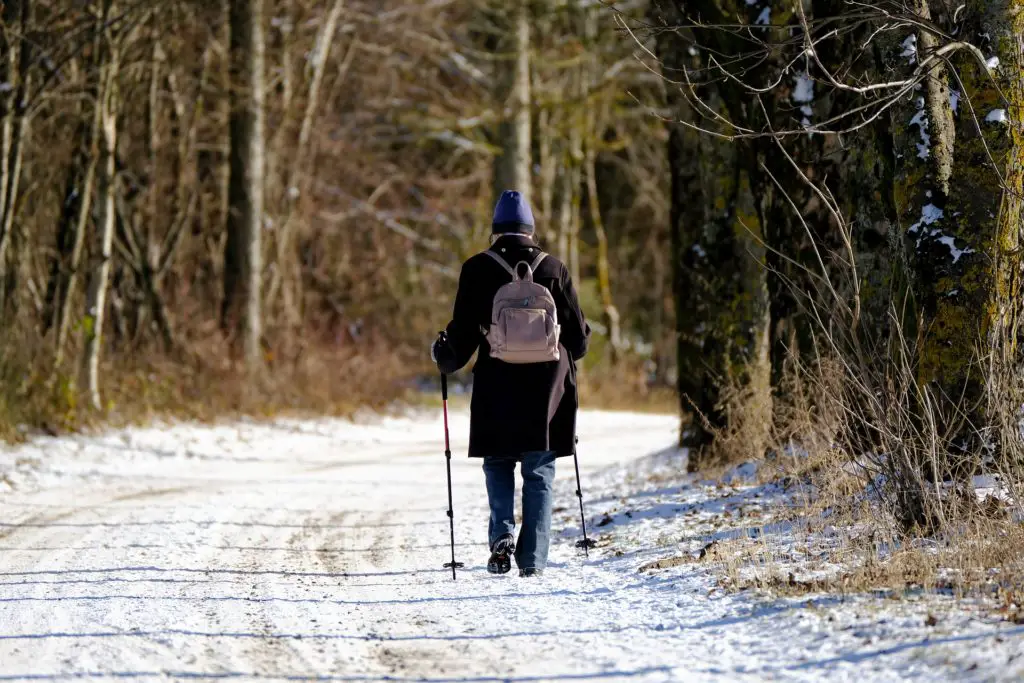
Different clothing materials have different properties. When layering, the aim is to combine these different characteristics in a functional protective layer that will keep you dry, warm, and protected from the wind. It is done by dividing your clothing into three layers.
Base layer
The base layer is closest to your skin and has the function of keeping it dry by quickly removing any moisture from it.
The best materials are synthetic fibers and wool, as they provide the best moisture-wicking characteristics. Cotton and cotton-blends retain moisture so they are unsuitable for hiking in cold weather.
A skin-tight light-weight tee-shirt made of merino wool is perfect for cold weather, as it also prevents the creation of a layer of moist air on top of the skin.
Mid layer
On top of the base layer should be clothing that will provide warmth. Fleece is an excellent choice that provides sufficient insulation while it doesn’t retain moisture. A full-front zip hoodie will provide you with both insulation and practicality. Medium or lightweight fleece provides sufficient insulation for balmy 40 degrees, anything heavier can cause excessive sweating which should be avoided.
Top layer
The function of the top layer is to protect you from the wind and possible moisture from the air, including possible rain. A lightweight hooded windbreaker jacket, that is also waterproof is just enough. In case of calm weather, you can easily store it in the backpack if it’s not needed.
WHAT TEMPERATURE IS TOO COLD FOR HIKING
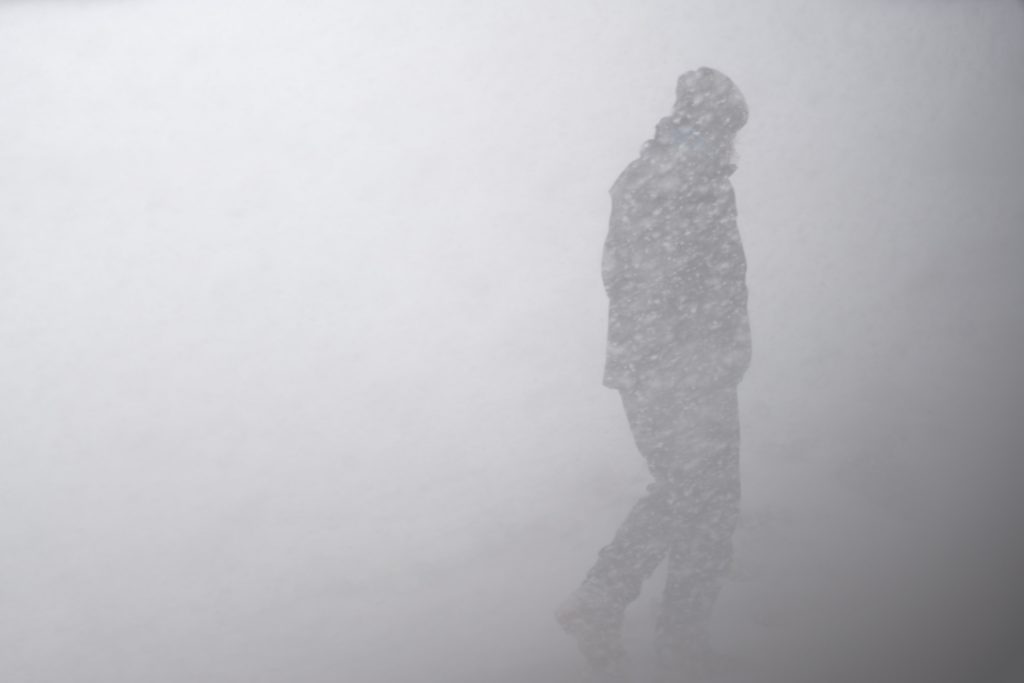
When thinking about the cold, many people are erroneously concerned with the comfort or the lack of it. The real concern should be safety.
According to the advice of many doctors, the point where cold becomes a real danger is arguably much higher than people usually presume.
General advice is that with proper clothing it is safe to be outside in temperatures above freezing, above 32 degrees Fahrenheit.
If temperatures are between 13 and 32, it is advisable to not spend more than 30 to 40 minutes outside.
In case that the temperature is below 13, or that wind chill is, it is not advisable to spend any time outside.
Cold always presents a twofold danger. First, it drains your internal body heat which can lead to hypothermia and death.
The danger of frostbites is something that should not be ignored either. It can happen in a matter of minutes if you are out in windy conditions with a below freezing temperature.
The second danger comes indirectly from the clothes we use to protect ourselves from the cold. Most people typically wear materials that are good insulators because they trap heat efficiently. But these same materials are also bad at moisture-wicking.
Moist air has a higher thermal capacity than dry air and after a certain time, the moist air trapped between your skin and clothing will start removing heat from your body.
ARE CERTAIN FABRICS WARMER THAN OTHERS?
In short, no. Because there is nothing that makes some fabric more or less warm than the other. But that doesn’t mean that all fabrics are made equal when it comes to protecting you from cold weather.
There are two ways the fabrics protect you from the effects of cold, by slowing down or preventing the loss of body heat.
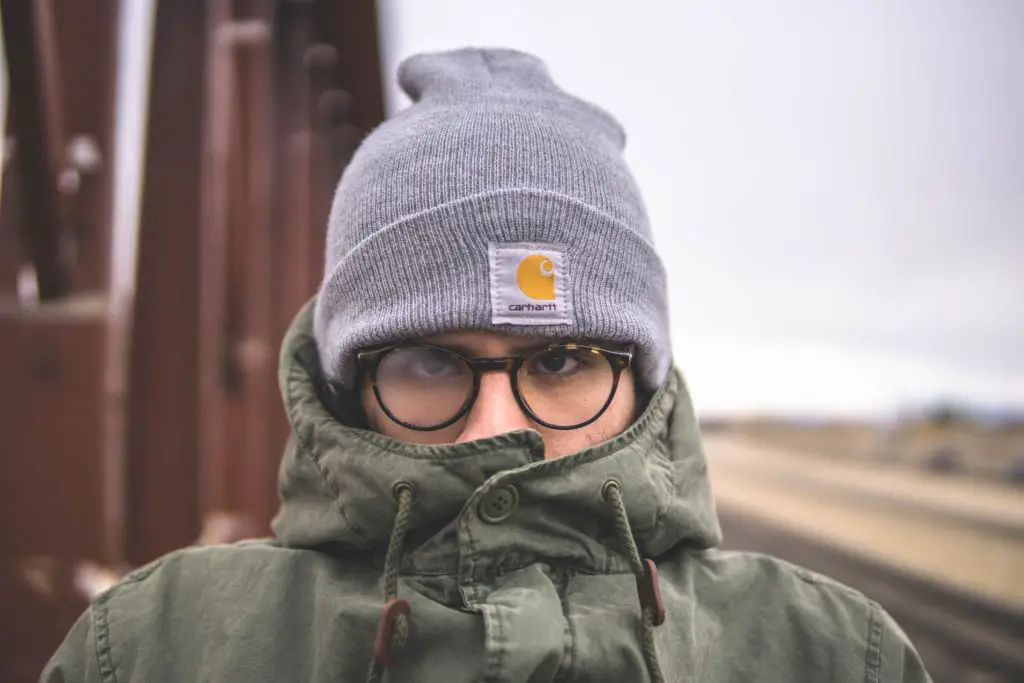
The first and best-known way is trapping the warmth of our body by insulating and preventing heat to escape into the environment.
The ability of a fabric to trap heat depends both on its density and weave. A drawback of these materials is that they also trap moisture, and after a certain amount of time that moisture will start removing heat from your body.
The second way is moisture-wicking. While this effect is more often associated with cooling, keeping your skin dry is an important part of preventing loss of body heat. The problem with this type of fabric is that they very poorly trap the air, thus they don’t create an insulating layer.
For the best protection, it is not good to choose one of these two types of fabrics. After some time exposed to cold either will reach its limits and start amplifying the effects of the cold. The best protection you will have when combining them in two layers, they will work in synergy providing you with their individual advantages while canceling out their drawbacks.
HIKING ESSENTIALS
When hiking it is always important to have certain essential gear on yourself, especially in the cold weather as they can be very important for your safety.
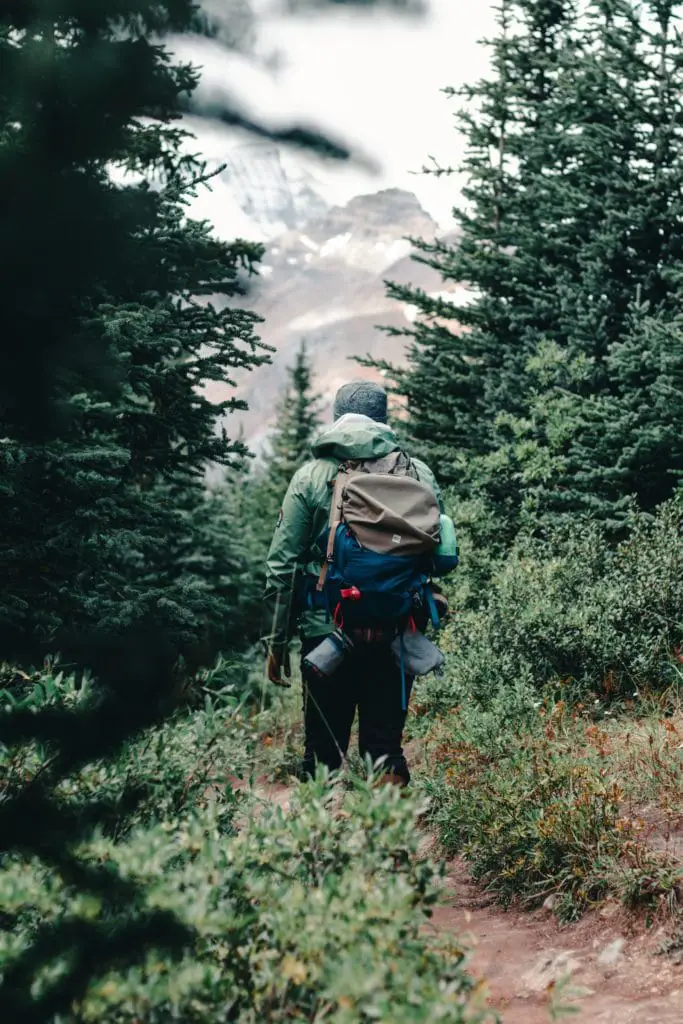
Navigation tools
Even if you are hiking on well-marked trail, things can take a wrong turn. Markings and signposts can be damaged in numerous ways and you could get off track. A map and a compass or a GPS device are a must.
Food and water
When you are hiking you should always carry more food and water than you will need for the planned duration. At least half more than needed is minimum, but double the amount is best.
Gloves, socks, and boots
In cold weather, dry gloves and socks are an absolute necessity. Besides having them on you, there should be an extra pair of each in your backpack.
Comfortable boots that will first provide you proper traction on the track, and also protection from the elements, should be the footwear of your choice.
Sun protection
Sunglasses and sun cream are needed in both cold and warm weather, maybe even more during the cold when there is still snow on the ground as the reflection from it can very easily cause both damages to your eyes and sunburns.
First aid kit and tools
Though hiking is done for pleasure, accidents still can happen and it’s very important that you are able to deal with them. But in the worst-case scenario, you will want to be able to make a fire, for which matches, lighters, fire steel, and a sturdy knife are useful.

